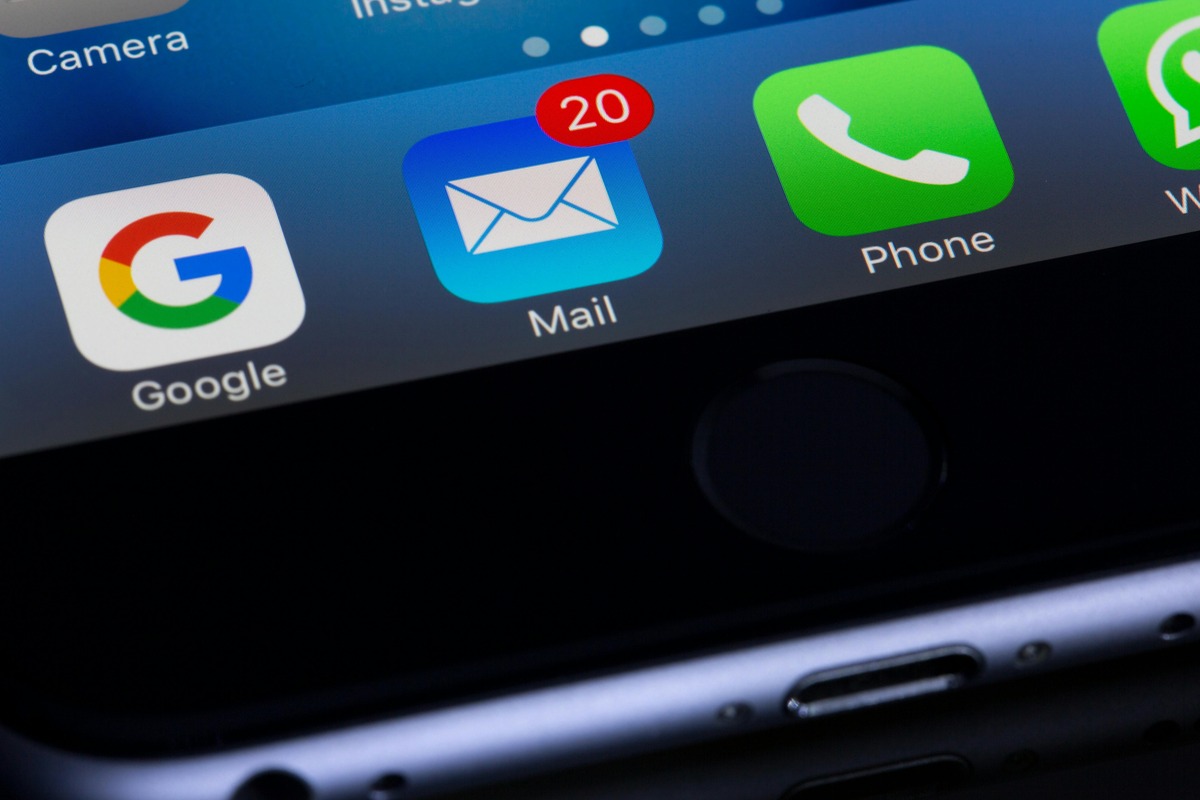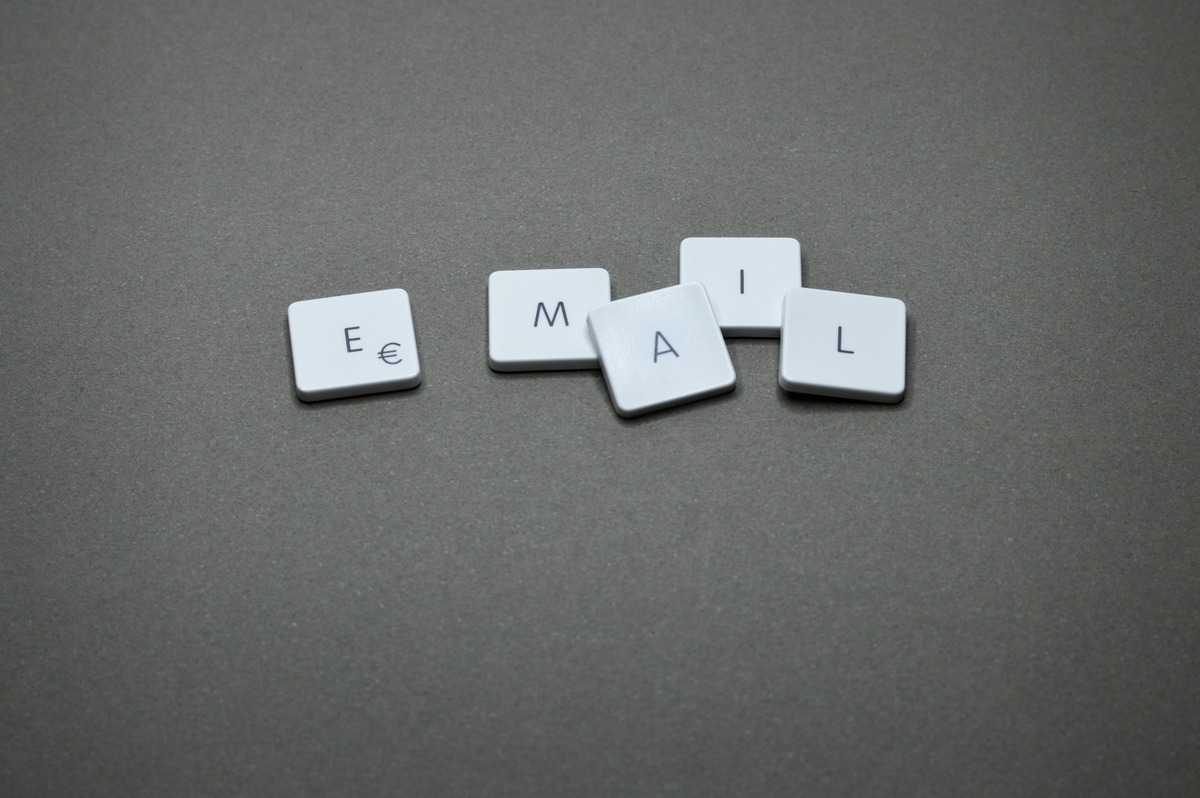
Email Marketing Strategies to Increase Startup Sales
In the startup world, good marketing can make or break your growth. Email marketing for startups is one of the most cost-effective ways to generate leads. This strategy can also nurture customer relationships and boost sales. Email marketing is different from social media and paid ads. It allows direct communication with both potential and current customers. This leads to personalized engagement and higher conversion rates.
A good email strategy boosts revenue, keeps customers loyal, and builds a strong brand. This guide explores high-converting email campaigns, essential strategies, and the best email automation tools. Startups can use this to maximise startup sales.
Why Email Marketing is Essential for Startups
Startups usually have tight budgets. So, email marketing is a great way to boost sales effectively. Here’s why it works:
- Cost-Effective – Compared to paid advertising, email marketing delivers a high ROI at a lower cost.
- Direct & Personalised Communication – Emails allow businesses to tailor messages based on user behaviour and preferences.
- Lead Nurturing – Automated sequences guide leads through the sales funnel, converting prospects into customers.
- Increased Customer Retention – Regular email engagement fosters loyalty and repeat purchases.
- Measurable Results – Track open rates, click-through rates, and conversions to optimise campaigns.
- Scalability – With automation, startups can reach thousands of potential customers with minimal effort.
According to industry reports, email marketing has an average ROI of $42 for every $1 spent. This is a crucial strategy for startups looking to maximise their marketing budgets.
Key Email Marketing Strategies for Startups

A successful email marketing for startups strategy requires careful planning and execution. Below are some of the most effective tactics:
1. Build a High-Quality Email List
A targeted email list helps your marketing reach potential buyers, not uninterested users. Strategies for growing an engaged email list include:
- Lead Magnets: Offer free resources like eBooks, checklists, or discount codes in exchange for email sign-ups.
- Pop-Ups & Signup Forms: Use exit-intent pop-ups and strategically placed forms on your website.
- Social Media & Webinars: Promote email subscriptions through social media contests, webinars, and collaborations.
- Referral Programs: Encourage existing subscribers to refer friends for special offers.
- Double Opt-In: Ensure subscribers genuinely want to receive emails by confirming their subscription.
A high-quality email list ensures you target engaged users who are more likely to convert into customers.
2. Segment Your Audience for Personalised Campaigns
Segmentation is crucial for crafting high-converting email campaigns. It should resonate with different customer groups. Ways to segment your list include:
- Demographics: Age, location, gender, and profession.
- Behavioural Data: Website activity, purchase history, email engagement.
- Lifecycle Stage: New leads, repeat customers, inactive subscribers.
- Preferences: Product interests, content type, or frequency of emails.
By sending tailored content to each segment, you increase engagement and conversion rates. Personalised emails have been shown to generate 6x higher transaction rates than generic emails.
3. Create High-Converting Email Campaigns
To boost sales, your emails must be engaging, relevant, and action-driven. Here’s how to craft compelling emails:
Subject Lines That Grab Attention
- Keep them short (40-50 characters) and clear.
- Use urgency and curiosity (e.g., “Last Chance: 20% Off Ends Tonight!”).
- Personalise with the recipient’s name for higher open rates.
Engaging Email Copy
- Use a conversational and friendly tone.
- Highlight customer pain points and solutions.
- Incorporate storytelling to make the message relatable.
- Keep paragraphs short and scannable.
Strong Call-to-Action (CTA)
- Make CTAs clear and action-oriented (e.g., “Claim Your Offer Now”).
- Use buttons instead of plain text links for higher click-through rates.
Mobile-Optimised Design
- Ensure emails are responsive and load properly on all devices.
- Use a single-column layout for easy readability on mobile.
- Keep images minimal to prevent slow loading times.
4. Leverage Email Automation for Efficiency
Automated email workflows save time and ensure consistent engagement with leads and customers. Some of the best email automation tools include Mailchimp, HubSpot, ConvertKit, and ActiveCampaign.
Popular automation sequences include:
- Welcome Series: A set of introductory emails that onboard new subscribers.
- Cart Abandonment Emails: Remind users to complete their purchases with incentives.
- Post-Purchase Follow-Ups: Encourage repeat sales with product recommendations and support.
- Re-Engagement Campaigns: Win back inactive subscribers with special offers or personalised messages.
- Drip Campaigns: A sequence of educational emails guiding leads towards a sale.
5. A/B Testing for Optimisation
A/B testing allows you to refine your campaigns by experimenting with different elements. Test:
- Subject lines (e.g., personalised vs. generic).
- Email layouts and images.
- CTA button placement and wording.
- Sending times and frequency.
By analysing the results, you can continuously improve your high-converting email campaigns.
6. Track & Analyse Performance Metrics
Monitoring key email marketing metrics helps you understand what’s working and what needs improvement. Important KPIs include:
- Open Rate: Measures how many recipients open your email.
- Click-Through Rate (CTR): Tracks how many users click on links.
- Conversion Rate: Measures how many recipients take the desired action (e.g., making a purchase).
- Bounce Rate: Indicates the percentage of undelivered emails.
- Unsubscribe Rate: Tracks how many people opt out of your emails.
Analytics tools like Google Analytics, Mailchimp, and HubSpot help measure performance. They also refine strategies.
Best Email Automation Tools for Startups
Consider using the best email automation tools to streamline your email marketing efforts. Here are some top picks:
- Mailchimp – User-friendly, great for beginners, with automation features.
- HubSpot – Ideal for startups that need CRM integration and marketing automation.
- ConvertKit – Best for content creators and small businesses.
- ActiveCampaign – Advanced segmentation and automation capabilities.
- Drip – Tailored for eCommerce startups with robust automation features.
- Sendinblue – Budget-friendly with email and SMS marketing integration.
Choosing the right tool depends on your budget, business model, and email marketing goals.
Email Marketing Strategies for Sales
Email marketing remains one of the most effective growth strategies for startups. Startups an implement high-converting email campaigns and leverage the best email automation tools. Also, they can optimise through A/B testing. Startups can increase sales, nurture leads, and build long-term customer relationships.
Ready to transform your startup’s email marketing strategy? Start implementing these tactics today and watch your sales soar!